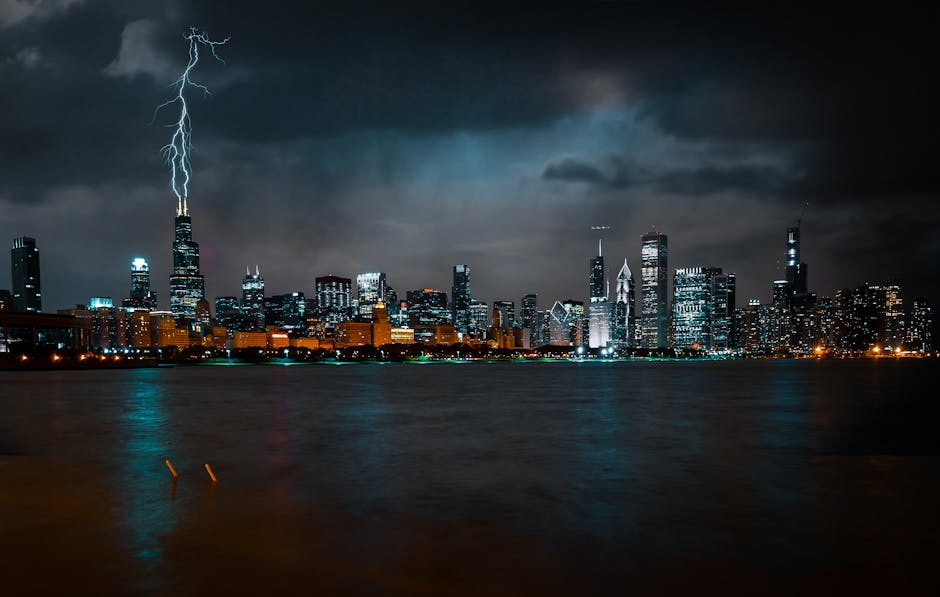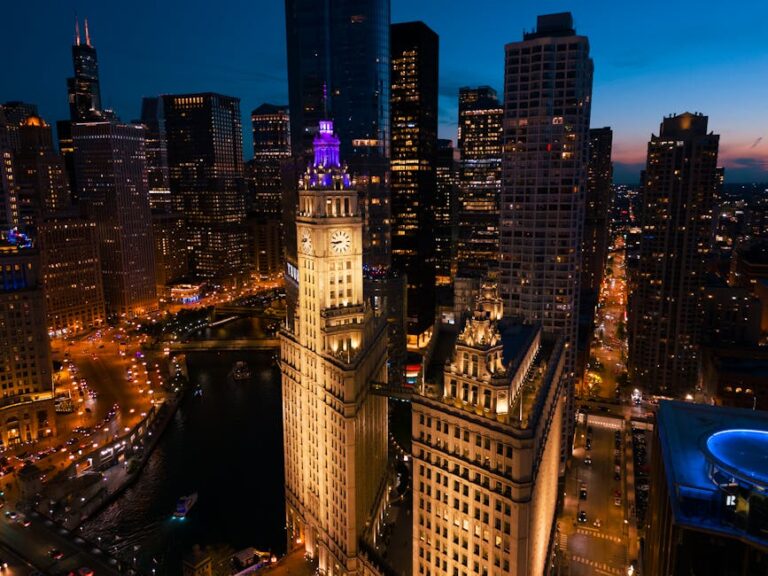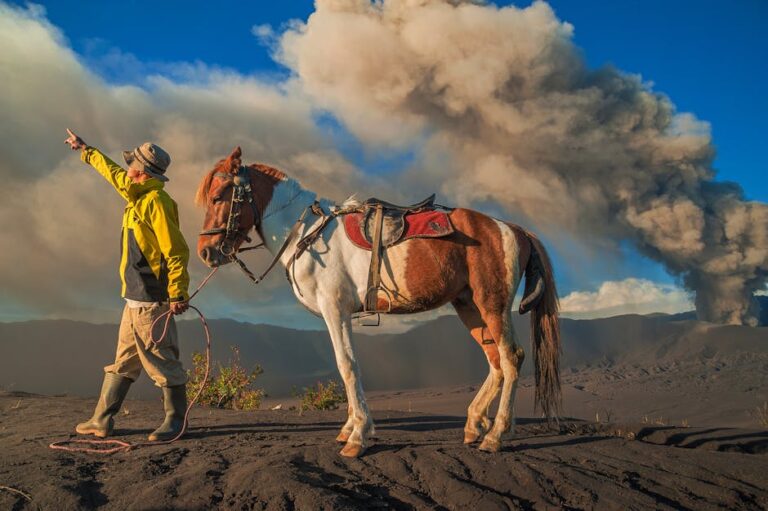Chicago Dust Storms: A Deep Dive into History, Causes, and Impacts
Understanding Chicago Dust Storms: A Historical Perspective
While Chicago is often associated with its bustling city life and impressive skyline, the city’s history is punctuated by periods of severe weather, including dust storms. These events, while less frequent than in the arid West, have played a significant role in shaping the city’s development and understanding of environmental factors. Unlike the massive dust bowl events of the 1930s that ravaged the Great Plains, Chicago’s dust storms are typically smaller in scale but can still have considerable local impact. Understanding these events requires exploring their historical context, meteorological causes, and the lasting consequences they leave behind.
Early Records and Notable Events
Documenting the precise frequency and intensity of Chicago dust storms before the advent of modern meteorological record-keeping is challenging. However, anecdotal evidence and newspaper accounts reveal instances of significant dust events throughout the city’s history. These accounts often describe reduced visibility, respiratory irritation, and disruptions to daily life. The intensity and duration of these storms varied significantly, with some being brief localized events and others lasting for several hours, blanketing the city in a thick haze of dust.

Researching historical records, including weather diaries, newspaper articles, and agricultural reports, provides crucial insights into the timing, severity, and potential contributing factors of past dust storms. This historical data aids in establishing patterns and understanding the evolution of dust storm frequency and intensity over time, potentially revealing correlations with broader climatic trends or local land-use changes.
Meteorological Mechanisms Behind Chicago Dust Storms
Chicago’s location within the midwestern United States plays a significant role in its vulnerability to dust storms. While not a desert region, several meteorological factors can contribute to the formation of these events. These include:
- Strong Winds: Intense wind systems, often associated with cold fronts or thunderstorms, are a primary driver. These winds can pick up loose soil and particulate matter from exposed areas, transporting it over significant distances.
- Dry Conditions: Periods of prolonged drought or low rainfall can significantly reduce soil moisture, making the topsoil more susceptible to wind erosion. This is particularly true in areas with less vegetation cover.
- Agricultural Practices: Land-use practices, including intensive agriculture and soil tillage, can leave topsoil exposed to wind erosion, increasing the potential for dust storm formation. Reduced crop cover and soil degradation increase vulnerability.
- Construction and Development: Large-scale construction projects and urban development can disturb large quantities of soil, creating ample dust-generating sources. Increased urbanization can also lead to a phenomenon known as the “urban heat island effect”, further influencing wind patterns and exacerbating dust conditions.
- Proximity to Agricultural Regions: Chicago’s proximity to extensive agricultural lands in Illinois and surrounding states makes it susceptible to the transport of dust originating from these areas. Strong winds can carry dust particles hundreds of miles, contributing to dust events in the city.
The Role of Climate Change
Climate change is anticipated to impact the frequency and intensity of extreme weather events, including dust storms. Changes in precipitation patterns, increased frequency of droughts, and alterations in wind patterns could all contribute to a higher likelihood of future dust storms in Chicago. This highlights the importance of continued monitoring and research to assess the potential impact of climate change on dust storm occurrence in the region.

Impacts of Chicago Dust Storms
The effects of Chicago dust storms extend beyond mere inconvenience. They can have significant impacts on various aspects of life in the city:
- Respiratory Health: Inhaling dust particles can exacerbate respiratory conditions like asthma and bronchitis. Fine dust particles can penetrate deep into the lungs, causing irritation and inflammation. Vulnerable populations, including children and the elderly, are at increased risk.
- Visibility and Transportation: Reduced visibility during a dust storm can lead to traffic accidents and delays in air and ground transportation. The reduced visibility can severely limit visibility and create hazardous driving conditions.
- Environmental Quality: Dust storms degrade air quality, negatively impacting the overall environment. Prolonged exposure to poor air quality can have broader environmental and health consequences.
- Economic Impacts: Dust storms can disrupt various economic activities, from agriculture to construction and transportation. The cost of cleaning up dust, dealing with health issues, and repairing infrastructure can be substantial.
- Agricultural Losses: Dust storms can damage crops and reduce agricultural yields. The loss of topsoil can significantly impact agricultural productivity, with long-term impacts on crop growth.
Mitigation and Preparedness
Mitigating the impacts of Chicago dust storms requires a multi-pronged approach. This includes:

- Improved Monitoring and Forecasting: Developing more sophisticated weather monitoring systems and forecasting techniques will allow for earlier warnings, enabling residents and authorities to take necessary precautions.
- Sustainable Land Management: Implementing sustainable agricultural practices that promote soil health, reduce erosion, and enhance vegetation cover is crucial in minimizing dust sources.
- Urban Planning: Incorporating strategies into urban planning that minimize dust generation from construction and development is necessary. This includes dust control measures at construction sites and proper landscaping.
- Public Awareness and Education: Educating the public about the health risks associated with dust storms and providing guidance on how to protect themselves during these events is essential.
- Emergency Preparedness: Developing effective emergency response plans to address the various impacts of dust storms, including healthcare needs, transportation management, and infrastructure repair, is vital.
Long-Term Solutions and Research
Understanding the long-term trends and potential future impacts of Chicago dust storms requires ongoing research and monitoring. This includes studying the effects of climate change, analyzing the effectiveness of mitigation strategies, and developing better prediction models. Investing in long-term research efforts is crucial for enhancing preparedness and developing effective solutions to protect the city and its residents from the impacts of future dust storms.
Conclusion
Chicago dust storms, although perhaps less frequent and dramatic than those experienced in other parts of the country, are a significant weather phenomenon that deserves careful consideration. By understanding their historical context, meteorological causes, and potential impacts, we can better prepare for and mitigate the effects of these events. A combination of improved monitoring, sustainable land management practices, and public awareness is crucial for protecting Chicago’s environment and the well-being of its residents. Continued research and collaboration among scientists, policymakers, and the community are vital for building a more resilient city capable of adapting to the challenges presented by extreme weather events.





